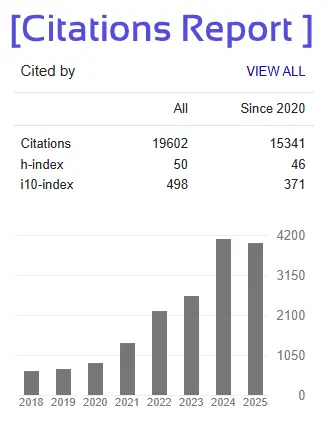- Version
- Download 153
- File Size 549.53 KB
- File Count 1
- Create Date 17/07/2025
- Last Updated 17/07/2025
Constitution of India: Unveiling the Indigenous Inspiration Behind the Indian Constitution.
Constitution of India: Unveiling the Indigenous Inspiration Behind the Indian Constitution.
-SUBMITTED BY -
SANSKRITI ABHAY SINHA
CHAPTER I:
INTRODUCTION
"The Constitution is not merely a collection of articles, but an expression of a nation’s own ideas and aspirations.”1
-by Dr. B.R. Ambedkar.
In a constitutional democracy like India, the Constitution is the supreme law of the land. It lays down the fundamental legal framework that governs the nation, ensuring that democratic principles are followed and the rights of the people are protected. However, the Indian Constitution has often been criticised for being a “borrowed document”, since it incorporates several provisions from other countries’ constitutions. Critics have labeled it a “hotch-potch” or a “bag of borrowings”, citing the influences of multiple foreign models in its creation. While this critique is widespread, it overlooks the deeper purpose behind such borrowings and the creative adaptations made by India's framers. In reality, the Indian Constitution is not simply a mimicry of other legal frameworks but a unique synthesis of global constitutional ideas, adapted to India’s distinct social, political, and cultural context.
The Government of India Act, 1935 (GOI Act) was a key British law that laid the foundation for India’s federal structure and much of its political governance. When the framers of the Indian Constitution drafted the document, they did not ignore this crucial piece of legislative history. Many of the structural elements of the Constitution, including the federal system, the role of the Governor, and the organisation of the judiciary, were directly inspired by the GOI Act of 1935. This Act introduced certain elements of federalism, such as a division of powers between the central and provincial governments, which became the blueprint for the Union-State relations in the Indian Constitution.2
The federal nature of the Indian system, with a strong central government and a bifurcated division of powers, finds its roots in this Act. However, India’s Constitution did not simply replicate the British model; it was modified to reflect India’s unique realities.







